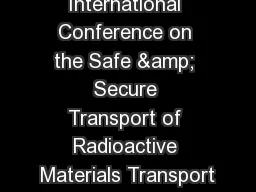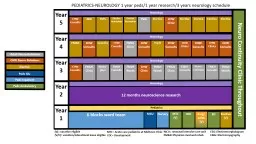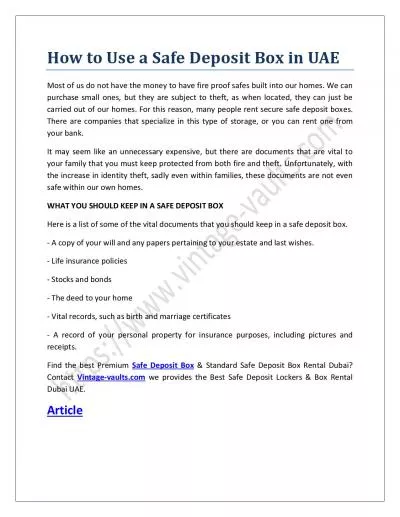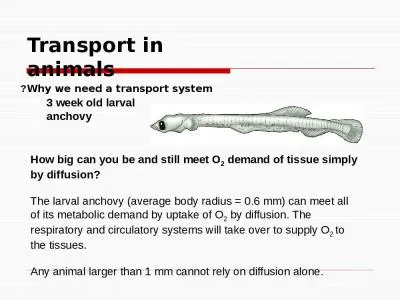PPT-Safe Transport of PEDs
Author : briana-ranney | Published Date : 2018-10-30
in Transport Passenger Aircraft Presented to Aviation Industry By Fire Safety Branch Federal Aviation Administration Date 06222017 First and Foremost Fire Prevention
Presentation Embed Code
Download Presentation
Download Presentation The PPT/PDF document "Safe Transport of PEDs" is the property of its rightful owner. Permission is granted to download and print the materials on this website for personal, non-commercial use only, and to display it on your personal computer provided you do not modify the materials and that you retain all copyright notices contained in the materials. By downloading content from our website, you accept the terms of this agreement.
Safe Transport of PEDs: Transcript
Download Rules Of Document
"Safe Transport of PEDs"The content belongs to its owner. You may download and print it for personal use, without modification, and keep all copyright notices. By downloading, you agree to these terms.
Related Documents














